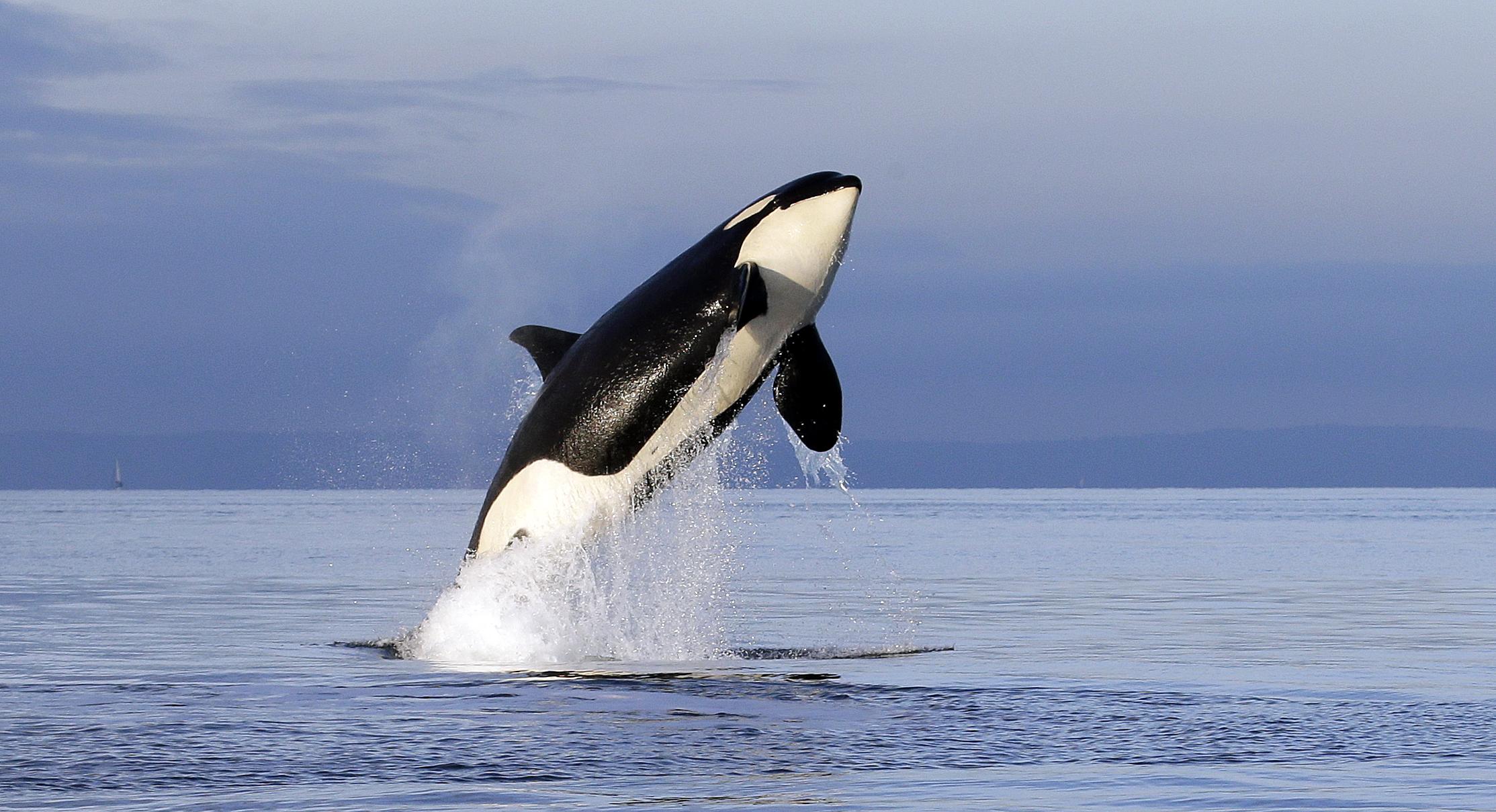Seeing a lone orca breaching the water and diving through the twin hulls of a 14-meter catamaran was initially a spectacle for Amy and her fellow crew members.
They mused that the creature acted like a scout during their journey through the Strait of Gibraltar en route to Greece.
Returning shortly with reinforcements, the lone scout was now part of a group of five or six orcas that commenced what seemed like an attack on the boat.
Despite the apparent threat, Amy recalls not being fearful at the time, as she was ignorant of the numerous similar occurrences reported by others.
In some instances, the boats were so severely damaged from the repeated encounters that they sank, although there were no reports of human injuries.
Since July 2020, orca encounters have been frequently reported by sailors in the Strait of Gibraltar and along the Iberian Atlantic coast.

The behavior, previously rarely seen, began with two or three orcas but now includes at least 16 known individuals that appear to delight in the engagements, biting at the boats’ rudder blades and treating the vessels like playthings.
These animals, inaccurately termed “killer whales,” are part of the dolphin family. Like humans, orcas have a comparable lifespan and maintain strong social bonds with their kin throughout their lives.
From the icy waters of Antarctica to the tropical coastlines, various subpopulations of orcas can be found virtually everywhere, each exhibiting unique dietary choices, languages, and behaviors developed over generations.
So far, only the Iberian orcas have shown a penchant for boat encounters.
Amy recounts that the orca group’s onslaught lasted for 20 minutes, during which the crew cycled through a mix of emotions. T
he awe of witnessing the creatures’ power and beauty interchanged with feelings of unease and apprehension concerning the state of the catamaran after the incident.
The engagement ended when the group finally departed.
Amy never felt under attack during the ordeal. She felt as if the orcas were merely playing a game.
Monika Wieland Shields, a biologist and director of the Orca Behaviour Institute, agrees that this interpretation is most plausible.
Shields asserts that if the orcas intended to attack, the resulting damage would be much more severe.
However, scientists also consider the possibility that the orcas are exacting revenge for past human-inflicted injustices.
Orcas have often been harmed by harpoons and other human activities. The high volume of shipping traffic in the Strait of Gibraltar and the noise it generates can distress the animals.
Additionally, Iberian orcas compete with humans for their dietary staple, tuna. However, these factors have not previously incited confrontational behavior.
Shields emphasizes that these animals are prone to tendencies, based on decades of behavioral research observations.
For example, in the 1980s, an orca off the coast of Washington carried a dead salmon on its head, an action that other orcas soon mimicked until the trend eventually died out.
Young orcas, exhibiting what might be termed adolescent behavior, have been observed using buoys and crab traps as playthings, displaying curiosity and a boldness that occasionally crosses boundaries.
Shields notes that past assumptions of behaviors being uniquely human have been debunked with increased study of other species.
“Orcas’ brains are capable of highly complex emotions,” Shields explains, mentioning that their emotional range includes curiosity, joy, playfulness, frustration, fear, and anger, the latter mostly seen in captive orcas.
While there are no records of wild orcas fatally attacking humans, captive orcas have caused fatalities and injuries in places like Sea World.
The behavior of captive orcas also demonstrates their complex personalities. While some animals are more tolerant, others struggle with the rigors of daily training and confinement within concrete tanks.
According to Shields, it’s evident that “sufficiently drastic circumstances can trigger abnormal behavior” like that experienced by Amy.
But she maintains that if the Iberian orcas had truly intended to cause harm, the boats and their crews would have been easy targets.
Exploring the reasons behind Orcas’ interactions with boats, Orca

